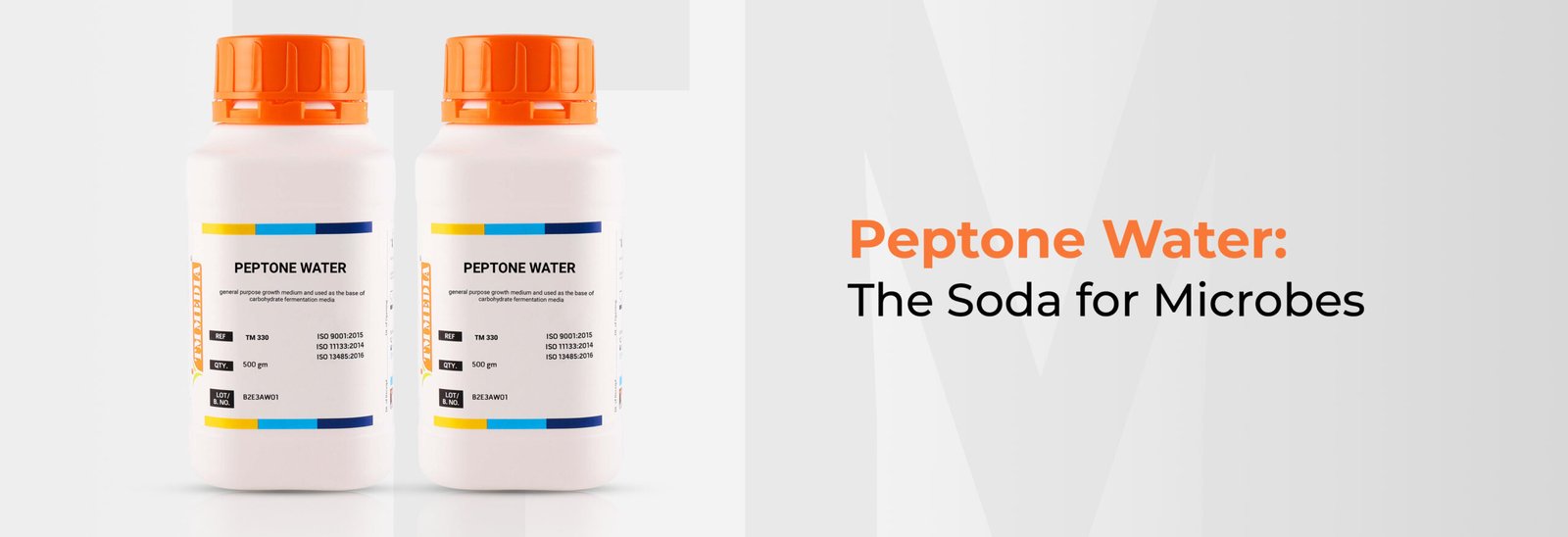

You might be wondering why the title says “Spinning Microbes Right Round.”
It is because, in a microbiology lab, when microbes take you out for a spin, it’s time to put your lab coats on and get your centrifugation tubes (TMC 119) ready! Much like a merry-go-round, a centrifuge whirls samples at high speed. It is a fundamental technique in science that allows for the rapid and efficient separation of mixtures and is widely popular for its time-efficient and highly detailed approach to sedimentation.
But if you still ask, What is centrifugation?
This is the only blog that won’t keep you in circles. Instead, let’s get straight to the point.
You know how you used a salad spinner to remove excess water from washed vegetables? You get it now. It is spun at a speed so that the water is forced away from the vegetables towards the edges. Exactly. The centrifuge also spins the mixtures at such high speeds for the heavier components to settle towards one side of the container.
Still looking for a definition? What geeks! Here’s one for you.
Centrifugation is a mechanical process that involves the use of centrifugal force to separate particles from a solution according to their shape, size, density, medium viscosity, and rotor speed.
Centrifugation is a sensitive technique for the efficient separation of substances from biological mixtures, and its efficiency is easily affected by speed, time, temperature, viscosity of medium, radius of rotation, and even the type of sample subjected to centrifugation.
The Centrifuge principle is based on the simple science of settling, known as sedimentation. According to physics, the centrifugal force acting on a particle in a rotating system is given by:
Fc = mv²/r
Where:
Due to this force, denser particles move toward the outer side (bottom of the test tube), and lighter particles stay closer to the center (top of the tube).
A centrifuge is a mechanical device that works under the principle of centrifugation and is used to spin samples at very high speeds (usually given in Rotations Per Minute) to separate samples.
A typical centrifuge has:
The technique can be modified according to the type of sample being dealt with, while the basic principle of centrifugation remains the same.
1. Differential Centrifugation
Particles sediment at rates determined by their size and density. Heavier components settle first, followed by lighter ones upon subsequent spins.
2. Density Gradient Centrifugation
Density gradient centrifugation is further classified into two subtypes:
a. Rate-Zonal Centrifugation
Particles are separated based on size and mass as they move through the gradient. Separation occurs before particles reach their isopycnic point.
b. Isopycnic Centrifugation
Particles settle down at a point in the gradient where their density matches that of the surrounding medium.
3. Ultracentrifugation
High centrifugal force allows for the separation of particles with subtle differences in mass and density. It is further divided into two types:
It focuses on isolating and purifying components from a mixture.
It mainly focuses on measuring and analyzing particle behavior during separation.
Molecular Biology:
Pharmaceutical and Biotech Industries:
Environmental and Chemical Analysis:
Clinical Settings:
By spinning samples at very high speeds, centrifugation applies centrifugal force to separate particles within a mixture. Heavier elements tend to move outward due to this centrifugal force acting upon them, described by the formula Fc = mv²/r. The centrifugation technique can be modified to separate particles in a sample based on their different sizes, densities, shapes, and viscosities. It’s a time-efficient and modern solution-based approach to separation and sedimentation, which makes it more reliable and popular in recent times.

You know that gnawing feeling when someone gives you a sharp look, and you just know they have figured something...
Read More
Picture this: you’re baking a cake, but you don’t measure the flour, forget to preheat the oven, and write nothing...
Read More
In microbiology, nutrient media are considered essential tools for cultivating microorganisms. They are known to supply all the necessary nutrients...
Read More
Organoids. CRISPR. Immunotherapy. We bet you must have heard of at least one of these terms before. Biology is like...
Read More
What’s your favourite snack? You don’t have to be afraid of us. We are friends. We won’t cause any harm....
Read More